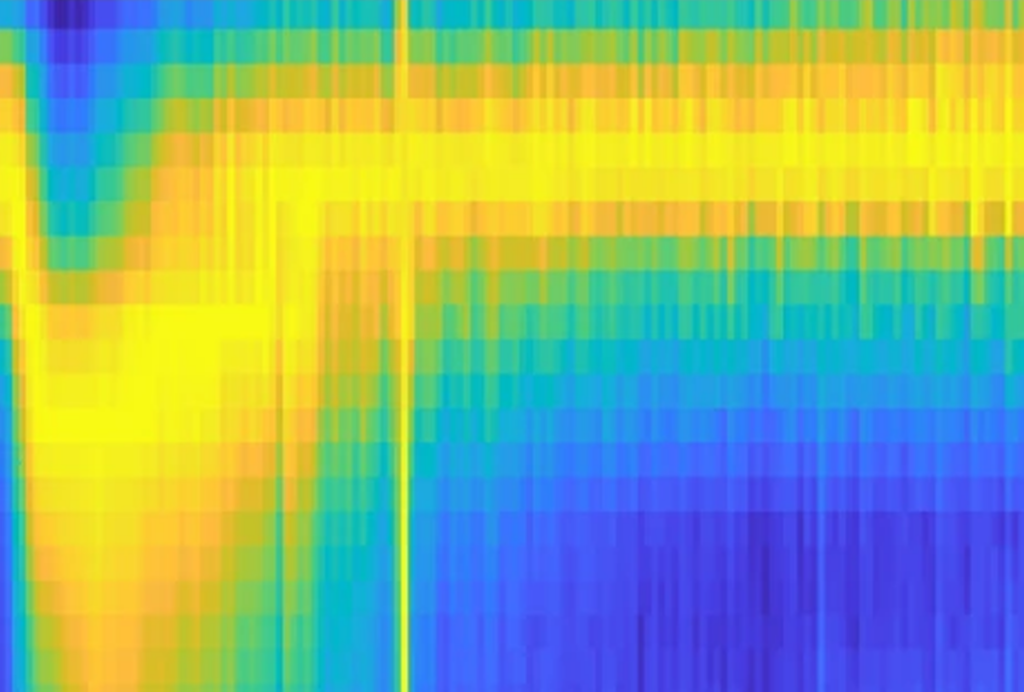RTNS 2012
Recent articles
Better tools needed to assess clinical trials
The past few years have seen an unprecedented number of clinical trials for experimental drugs to treat autism-related disorders, most notably for fragile X syndrome. But as the trials progress, scientists are calling for better methods to measure the drugs’ effectiveness.

Better tools needed to assess clinical trials
The past few years have seen an unprecedented number of clinical trials for experimental drugs to treat autism-related disorders, most notably for fragile X syndrome. But as the trials progress, scientists are calling for better methods to measure the drugs’ effectiveness.
Trials and tribulations
Clinical trials for fragile X drugs should include a behavioral therapy component, says a parent of a child with the disorder.

Trials and tribulations
Clinical trials for fragile X drugs should include a behavioral therapy component, says a parent of a child with the disorder.
Compensatory mechanisms
Identifying genetic and other factors that protect children at risk of autism from developing the disorder could provide new avenues for treatment.

Compensatory mechanisms
Identifying genetic and other factors that protect children at risk of autism from developing the disorder could provide new avenues for treatment.
Debate over quality of adult-derived stem cells rages on
As the use of induced pluripotent stem cells grows, researchers are searching for ways to make them behave more predictably.

Debate over quality of adult-derived stem cells rages on
As the use of induced pluripotent stem cells grows, researchers are searching for ways to make them behave more predictably.
Complex case
Multiple levels of complexity make it challenging to develop drugs to treat autism.

Complex case
Multiple levels of complexity make it challenging to develop drugs to treat autism.
Fast-forward
In the last three years, autism researchers have gone from sequencing single genes to whole exomes, as highlighted at the Translational Neuroscience Symposium in Switzerland last week.

Fast-forward
In the last three years, autism researchers have gone from sequencing single genes to whole exomes, as highlighted at the Translational Neuroscience Symposium in Switzerland last week.
Explore more from The Transmitter
Dispute erupts over universal cortical brain-wave claim
The debate highlights opposing views on how the cortex transmits information.

Dispute erupts over universal cortical brain-wave claim
The debate highlights opposing views on how the cortex transmits information.
Waves of calcium activity dictate eye structure in flies
Synchronized signals in non-neuronal retinal cells draw the tiny compartments of a fruit fly’s compound eye into alignment during pupal development.
Waves of calcium activity dictate eye structure in flies
Synchronized signals in non-neuronal retinal cells draw the tiny compartments of a fruit fly’s compound eye into alignment during pupal development.
Among brain changes studied in autism, spotlight shifts to subcortex
The striatum and thalamus are more likely than the cerebral cortex to express autism variants or bear transcriptional changes, two unpublished studies find.

Among brain changes studied in autism, spotlight shifts to subcortex
The striatum and thalamus are more likely than the cerebral cortex to express autism variants or bear transcriptional changes, two unpublished studies find.